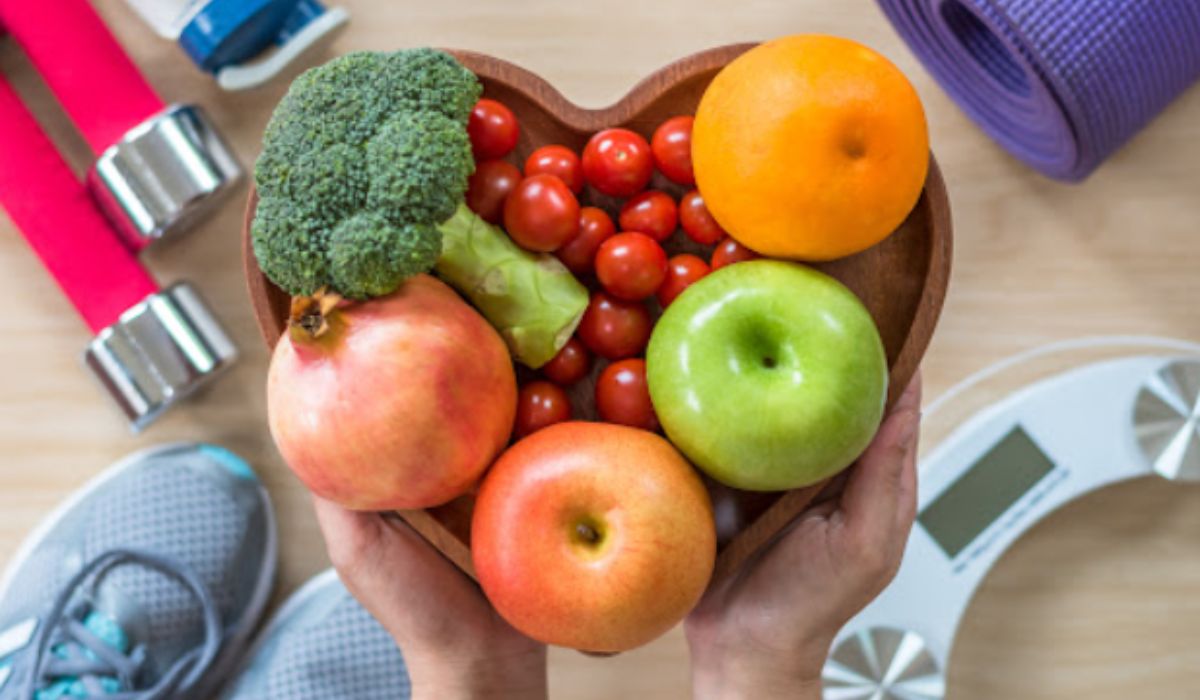Staying Active and Eating Right: A Path to Healthy Aging
- February 17, 2025
- 0
Aging is a natural part of life, but it doesn’t mean you need to stop feeling good and living a healthy, active life. In fact, the choices you
Aging is a natural part of life, but it doesn’t mean you need to stop feeling good and living a healthy, active life. In fact, the choices you

Aging is a natural part of life, but it doesn’t mean you need to stop feeling good and living a healthy, active life. In fact, the choices you make now about how you exercise and what you eat can significantly affect your overall well-being in later years. Research has shown that staying physically active and maintaining a balanced diet can prevent or delay the onset of chronic diseases, such as heart disease, diabetes, and certain types of cancer. Moreover, a healthy lifestyle can boost your mood and energy levels, reducing feelings of depression and promoting mental clarity.
As we grow older, staying active may seem like a daunting task, especially when aches and pains start to set in. However, the importance of physical activity cannot be overstated. Regular exercise plays a crucial role in maintaining mobility, strength, and independence in older adults.

In fact, research indicates that physical activity can prevent or delay the onset of several chronic conditions. For instance, it helps control blood sugar levels, which is essential for managing and even preventing diabetes. Regular exercise also improves heart health by lowering cholesterol levels, reducing high blood pressure, and boosting circulation.
In addition to the physical benefits, staying active is good for mental health. Exercise has been shown to reduce symptoms of depression, anxiety, and stress. It triggers the release of endorphins, which are the body’s natural mood enhancers. This means that even a short walk can help improve your mood and emotional well-being.
For those who are unsure where to begin, there are plenty of resources available to get you started on the path to a more active lifestyle. Many local churches, synagogues, senior centers, and even shopping malls offer exercise and walking programs designed specifically for older adults. These programs cater to various fitness levels and can be a great way to meet new people while staying healthy.

Walking is one of the easiest and most effective exercises, as it’s low-impact and can be done anywhere. Many shopping malls open early for walkers, providing a safe and climate-controlled environment. Senior centers often have group classes that include activities such as yoga, tai chi, or gentle strength training. These activities improve flexibility, balance, and endurance, reducing the risk of falls and injury.
Moreover, if you’re comfortable with it, some people prefer exercising at home. There are countless online resources offering fitness videos, from stretching routines to full-body workouts. The key is to find something you enjoy so that staying active becomes a habit, not a chore.
Also Read: Understanding Diabetes: Causes, Symptoms, and Management
Alongside exercise, your diet plays a pivotal role in maintaining good health as you age. Unfortunately, as people grow older, they often experience changes in appetite, taste, and eating habits. Living alone can also lead to unhealthy eating habits, such as skipping meals or relying too heavily on processed foods.
However, it’s essential for successful aging to eat a nutrient-rich, balanced diet that provides the body with all the vitamins and minerals it needs to function at its best. Foods that are rich in vitamins, minerals, fiber, and antioxidants are crucial to combat aging. Fruits, vegetables, whole grains, lean proteins, and healthy fats should be the foundation of your diet.

Some key nutrients to focus on include:
On the flip side, as you age, it’s crucial to avoid foods high in empty calories—those that provide little nutritional value and are often packed with sugars, unhealthy fats, and refined carbohydrates. Foods like candy, sugary snacks, fast food, and sodas might seem tempting, but they can lead to weight gain, blood sugar spikes, and increased risk of chronic diseases.
Instead, try swapping these empty-calorie foods for healthier snacks. Fresh fruits, nuts, yogurt, and vegetables are all great options that provide valuable nutrients while still satisfying your cravings.
Building healthy habits requires consistency, patience, and a positive mindset. If you’re just starting to make lifestyle changes, it’s important to set realistic goals. Begin by adding 10-minute walks to your routine and gradually increase the duration and intensity as your fitness level improves. Try to incorporate more fruits, vegetables, and whole grains into your meals, starting with small changes like swapping white bread for whole grain or adding a side salad to lunch.
Additionally, it’s important to listen to your body. If you feel pain or discomfort during exercise, stop and consult with your doctor. Starting slowly and progressing at your own pace is key to maintaining a long-term, sustainable routine.
Finally, one of the best ways to stay motivated is by engaging in physical activities and meal planning with others. Many senior programs encourage social interaction, which not only makes exercise more enjoyable but also strengthens emotional health. Having a buddy system for workouts or sharing healthy recipes with a friend can boost your commitment to staying active and eating right.
Aging doesn’t mean you have to slow down. By staying active and making nutritious food choices, you can improve your quality of life, reduce the risk of disease, and maintain a positive outlook. Start small, stay consistent, and enjoy the process. It’s never too late to prioritize your health and embrace the benefits of a physically active and well-nourished life.